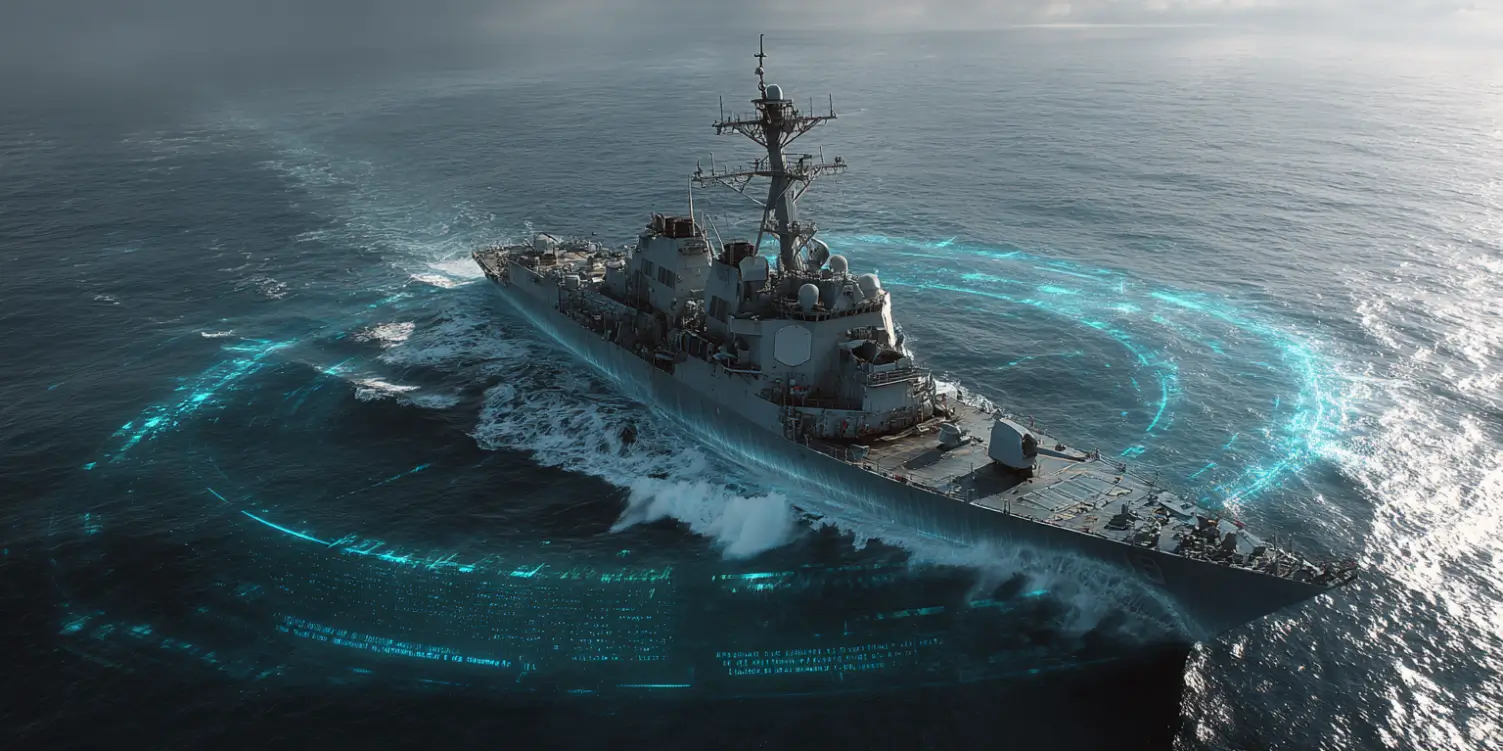The Evolution of Submarine Technology
Submarines have always been at the forefront of maritime innovation. From their inception in the early 17th century to the advanced models we see today, their evolution is a tale of continuous advancement in stealth, speed, and power. The new era of submarines brings with it state-of-the-art technology, enhanced capabilities, and a commitment to safety and efficiency.
Technological Advancements
The biggest leap in submarine technology in recent years has been the integration of hybrid propulsion systems. These systems combine traditional diesel-electric power with advanced lithium-ion batteries, allowing submarines to operate more quietly and for longer periods underwater. The batteries are not only more efficient but also safer, reducing the likelihood of onboard fires—a significant concern with earlier generations of submarines.
Moreover, the development of Advanced Naval Communications Systems (ANCS) has drastically improved submarines’ operational capabilities. Modern submarines are now equipped with sophisticated communication arrays that facilitate secure and efficient data transfer even while submerged. This technological leap ensures that submarines remain in constant contact with their command structures, enhancing strategic deployment and mission success.
Materials and Design Innovations
Another area where modern submarines have seen significant improvements is in their construction materials. The use of composite materials and high-strength alloys has led to the creation of hulls that are not only lighter and more durable but also better suited to withstand the immense pressures of deep-sea operations. These materials also improve the subs’ stealth characteristics, making them less detectable by enemy sonar systems.
The introduction of modular design in submarine construction has revolutionized the industry. Modular components can be easily replaced and upgraded, allowing for faster maintenance and greater adaptability to new technologies. This means that today’s submarines can be more easily modernized to keep pace with technological advancements.
Autonomous and Unmanned Submarine Innovations
One of the most exciting developments in submarine technology is the advent of unmanned underwater vehicles (UUVs). These autonomous submarines can perform a variety of tasks, from surveillance and reconnaissance to mine detection and disposal. Equipped with artificial intelligence, UUVs can operate independently for extended periods, transmitting valuable data back to their human operators.
The integration of AI into submarine systems doesn’t stop at UUVs. Modern manned submarines are also fitted with advanced AI systems that assist in navigation, sonar operation, and even weapons targeting. These systems increase operational efficiency and reduce the cognitive load on submarine crews, allowing them to focus on mission-critical tasks.
Enhanced Weaponry and Defense Systems
Defense and offensive capabilities have also seen substantial upgrades in new era submarines. Advanced torpedo systems with enhanced ranges and more potent warheads have been developed. In addition, missile systems on board have been optimized for greater precision and impact, with some submarines even equipped with hypersonic missile capabilities.
On the defensive side, modern submarines are outfitted with cutting-edge countermeasure suites. These include decoys, electronic warfare systems, and advanced sonar to detect and evade threats. The combination of these systems ensures that submarines can protect themselves against an array of adversarial actions.
Environmental and Economic Considerations
The shift towards more environmentally conscious designs is also evident in new submarine models. Efforts have been made to reduce the environmental footprint of submarines, including emissions and waste management systems. Advanced water recycling systems and waste compactors ensure that submarines can remain at sea for longer durations without resupply while minimizing their impact on marine ecosystems.
From an economic standpoint, the military and commercial applications of modern submarines offer a significant return on investment. The cost-efficient modular designs, combined with lower operational costs due to improved fuel efficiency and maintenance routines, make these submarines a valuable asset for any navy or underwater exploration entity.
Future Prospects
As we look to the future, the trajectory of submarine technology points towards even greater automation, enhanced AI capabilities, and further advancements in materials science. Research into sustainable propulsion methods, such as nuclear fusion, could potentially revolutionize the way submarines are powered, offering virtually limitless underwater endurance.
Key Specifications of New Era Submarines
| Specification | Detail |
|---|---|
| Propulsion | Hybrid (Diesel-Electric and Lithium-ion batteries) |
| Communication Systems | Advanced Naval Communications Systems (ANCS) |
| Materials | Composite materials and high-strength alloys |
| Design | Modular design for easy upgrades and maintenance |
| Weaponry | Advanced torpedoes, hypersonic missile capabilities |
| Defense Systems | Decoys, electronic warfare systems, advanced sonar |
| Environmental Features | Advanced water recycling, waste compaction |
The new era of submarines is indeed a marvel of modern engineering. With continued investment in research and development, these underwater vessels will become even more capable, secure, and environmentally friendly, ensuring that they remain a cornerstone of naval defense and underwater exploration for years to come.









